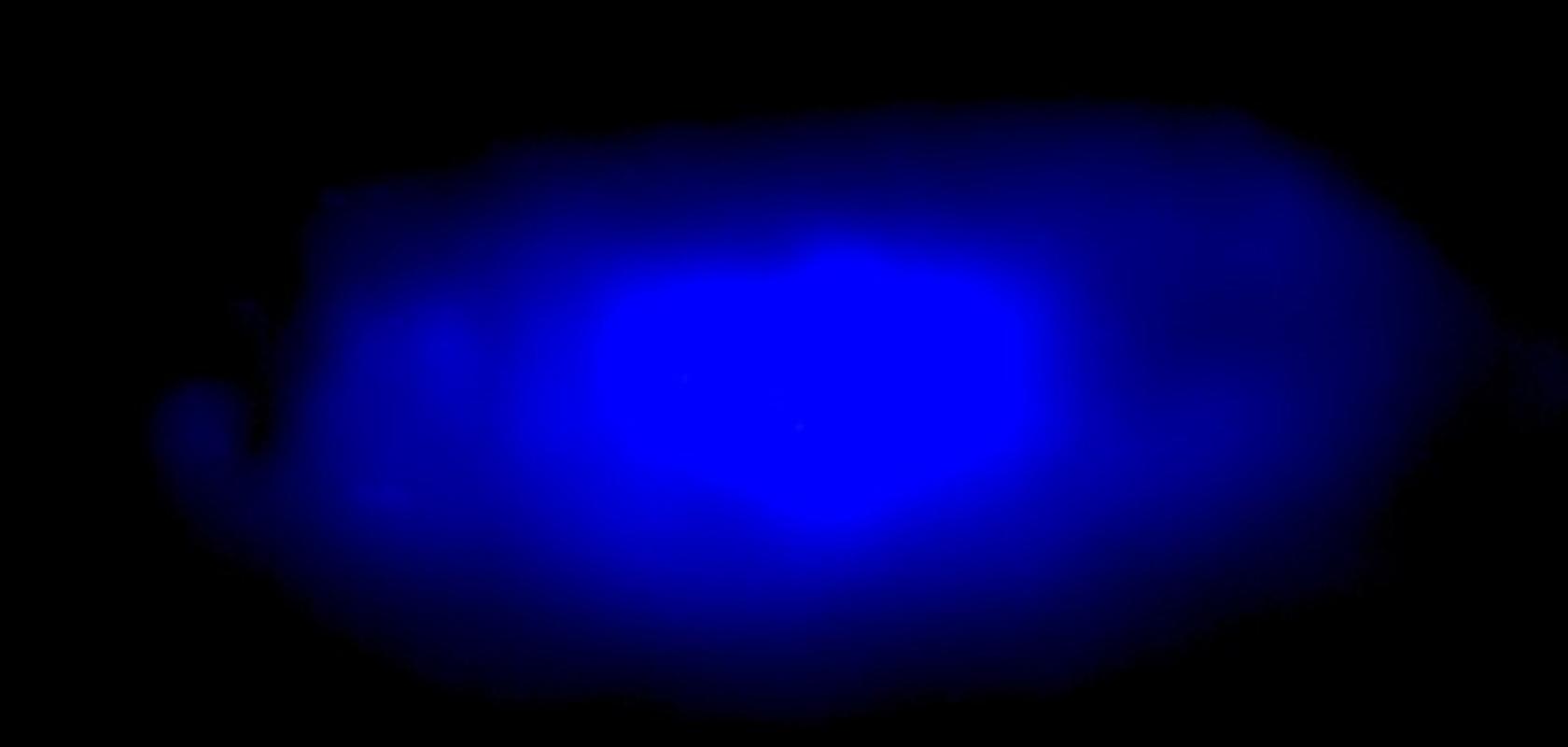Scientists at the University of California (UC), Berkeley have created a blue light-emitting diode (LED). It is thought that this could help to overcome a barrier to employing these materials in electronic devices.
The researchers were able to achieve this using a new semiconductor material, halide perovskite. This material first drew wide attention in 2009, when Japanese scientists discovered that it can make efficient solar cells. However, until now, red- and green-emitting diodes have been demonstrated, but not blue. This is because halide perovskite blue-emitting diodes have been unstable as their colour shifts to longer, redder wavelengths with use.
In a paper published in the journal Science Advances, UC Berkeley chemist Peidong Yang and his colleagues show that the crystal structure of the halide perovskites changes with temperature, humidity and the chemical environment, disrupting their optical and electronic properties. Without close control of the physical and chemical environment, perovskite devices are inherently unstable. This is not a major problem for traditional semiconductors.
Said Yang: ‘Some people may say this is a limitation. For me, this is a great opportunity. This is new physics: a new class of semiconductors that can be readily reconfigured, depending on what sort of environment you put them in. They could be a really good sensor, maybe a really good photoconductor, because they will be very sensitive in their response to light and chemicals.’
According to Yang, blue-emitting perovskite diodes have previously been hard to create because the traditional technique of growing the crystals as a thin film encourages formation of mixed crystal structures. Each of these emits at a different wavelength. Electrons are funnelled down to those crystals with the smallest bandgap — that is, the smallest range of unallowed energies — before emitting light, which tends to be red.
As a solution, Yang’s postdoctoral fellows and co-first authors — Hong Chen, Jia Lin and Joohoon Kang — grew single, layered crystals of perovskite and, using a low-tech method for creating graphene, used tape to peel off a single layer of uniform perovskite. When incorporated into a circuit and zapped with electricity, it glowed blue. The blue wavelength varied with the number of layers of octahedral perovskite crystals, separated from one another by a layer of organic molecules that allows easy separation of perovskite layers and also protects the surface.
However, the experiments showed that the blue-emitting perovskites changed their emission colours with temperature. This, Yang believes, could provide interesting applications. Two years ago, he demonstrated a window made of halide perovskite that becomes dark in the sun and transparent when the sun goes down and also produces photovoltaic energy.
He explained: ‘We need to think in different ways of using this class of semiconductor. We should not put halide perovskites into the same application environment as a traditional covalent semiconductor, like silicon. We need to realise that this class of material has intrinsic structural properties that make it ready to reconfigure. We should utilise that.’
The work was supported by the U.S. Department of Energy’s Basic Energy Sciences program.


